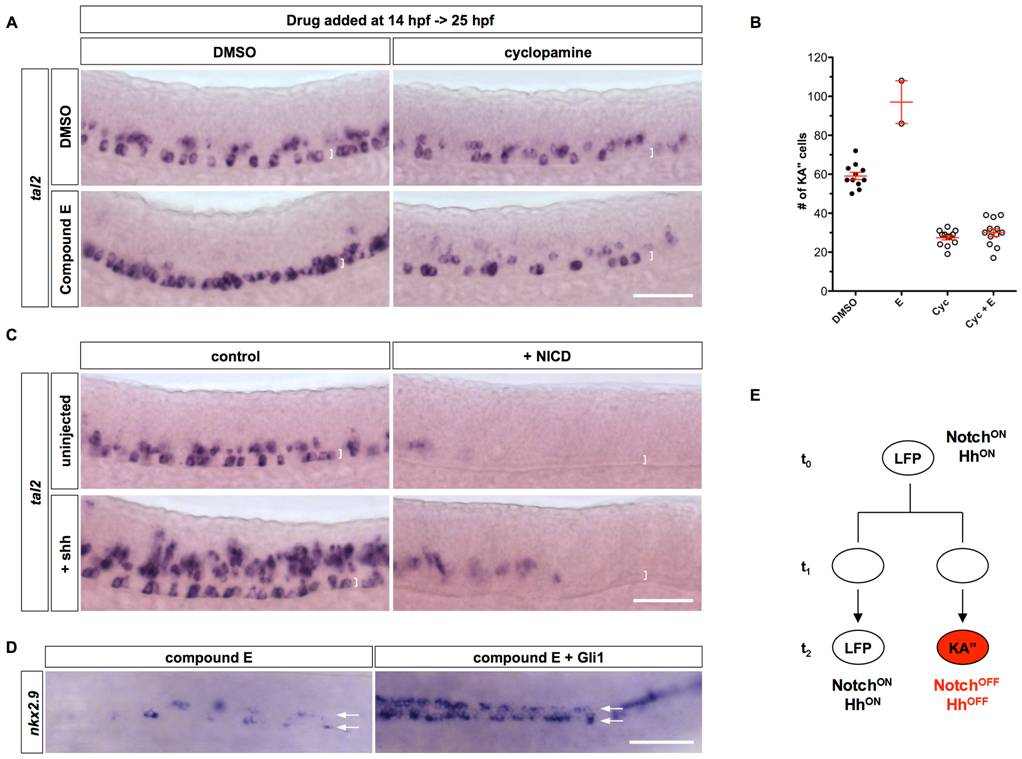Fig. 7 Interaction between Notch and Hh signaling in KA3 specification.
(A) Embryos treated with DMSO alone, compound E, cyclopamine, or both compound E and cyclopamine from 14 hpf to 25 hpf, were stained for the expression of tal2. (B) Quantification of total number of KA′′ cells in experiments shown in A. Note that the fewer data points in compound E treatment is due to the fact that most compound E-treated embryos had many tal2-positive cells in close clusters which prevents reliable scoring. The two data points thus underestimate the total number of KA′′ cells in E-treated embryos. Cyc: cyclopamine. (C) hsp-Gal4; UAS-NICD embryos and non-transgenic sibling controls were left uninjected or injected with Shh mRNA, heat-shocked at 11.5 hpf, and stained at 24 hpf for the expression of tal2. Brackets in A and C indicate the dorsal-ventral extent of the LFP domain. Scale bars: 50 μm. (D) hsp-Gli1 embryos and non-transgenic controls were injected with compound E at 15 hpf, and heat-shocked at 16 hpf, and stained at 22 hpf for the expression of nkx2.9. Arrows denote the two rows of LFP domains in dorsal views. (E) Model of KA′′ specification. At the early stage (t0), LFP progenitors have high level of Notch signaling activity and thereby maintain the progenitor state and Hh responsiveness (NotchON HhON). Active Hh signaling in progenitor cells is required for specifying the KA′′ identity in subsequent cell divisions. LFP progenitors can undergo three different types of divisions: symmetric LFP/LFP divisions, asymmetric KA′′/LFP divisions (shown here), and symmetric KA′′/KA′′ divisions. Divisions of LFP progenitors at t1 generate daughter cells with similar competence to either acquire the KA3 fate or maintain the LFP progenitor fate. Cell-cell interactions or stochastic fluctuations in Notch signaling result in cells with different levels of Notch signaling (t2). Cells that maintain high levels of Notch signaling will remain as LFP progenitors and continue to respond Shh (NotchON HhON). In contrast, cells that have attenuated Notch signaling will lose Hh response and differentiate into KA′′ interneurons (NotchOFF HhOFF). Since sustained Notch or Hh signaling disrupt the differentiation of KA′′ cells, formation of KA′′ cells initially depends on the activation and then the attenuation of Notch and Hh signaling.

